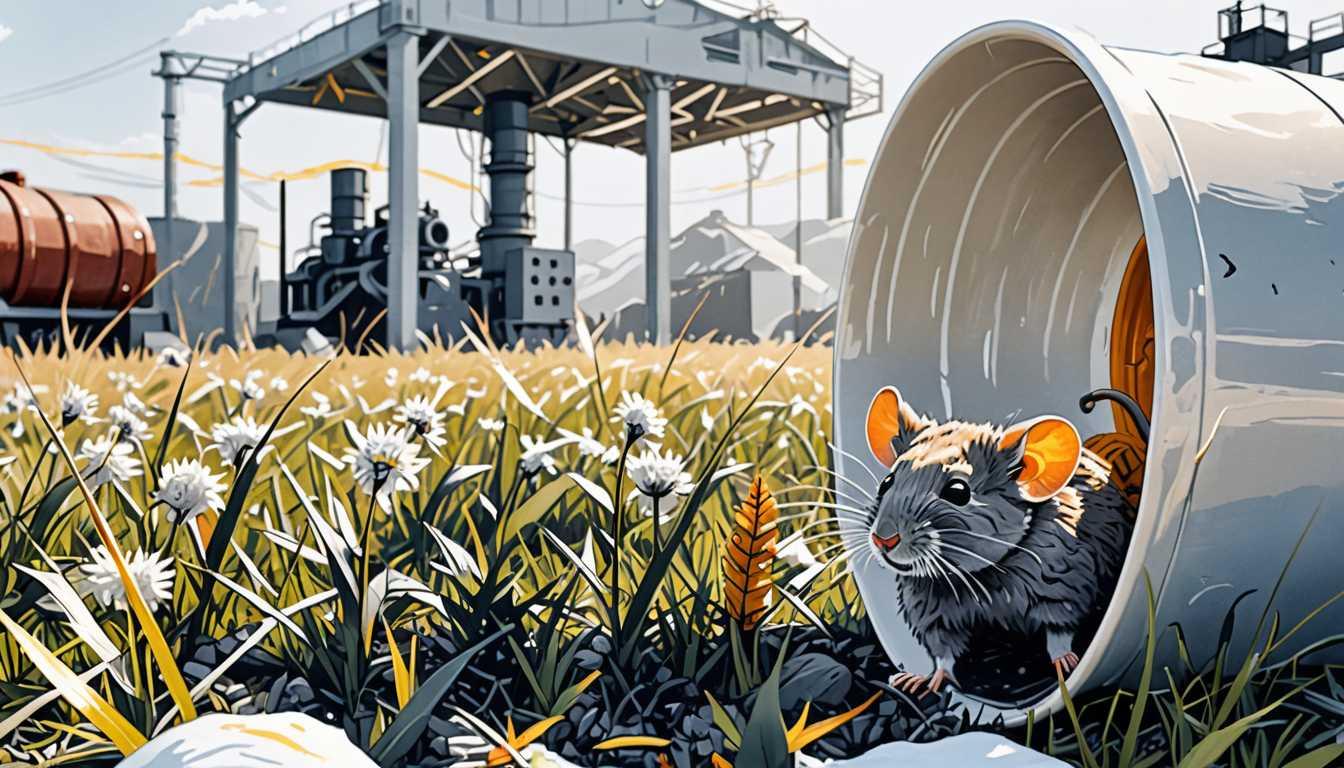Zoomies: Pets' Mysterious Energy Surges
January 2023
The Conversation
Introduction
Ever wondered why your pet suddenly turns into an Olympic athlete, dashing around with what's known as "zoomies"? The Conversation dives into this adorable phenomenon, exploring why cats and dogs (and even rabbits!) experience frenetic random activity periods (FRAPs) or "binkies". From post-bath exhilaration to litter box "poo-phoria", discover the science behind these bursts of joy. It's a fascinating read that may make you wish you could join in on the fun!
READ FULL ARTICLEWhy It Matters
Discover how this topic shapes your world and future
Unraveling the Mystery of Pet Zoomies
Have you ever witnessed your pet in a sudden whirlwind of energy, dashing around like a superhero? This phenomenon, known as the "zoomies," is not just an amusing spectacle but a window into the fascinating world of animal behavior. Understanding why our furry friends experience these bursts of energy can deepen our connection with them and illuminate the complex interplay between physical health, emotional well-being, and environmental factors. It's a topic that touches on biology, psychology, and even our own human experiences of excitement and play. For you, delving into the science behind the zoomies could spark curiosity about how animals communicate their feelings and needs, and what this teaches us about the natural world and ourselves.
Speak like a Scholar
Frenetic random activity periods (FRAPs)
The scientific term for zoomies, indicating periods of intense, unstructured play and movement.
Vagus nerve
A crucial part of the nervous system that influences heart rate, digestion, and mood, potentially linked to the feeling of 'poo-phoria' in animals after they use the litter box.
Dyadic play
Interaction between two individuals, often seen in animals as part of social bonding or play behavior.
Euphoria
A feeling of intense happiness and excitement, which could describe the emotional state of pets during zoomies.
Adrenaline
A hormone that increases in response to stress or excitement, possibly contributing to the sudden energy burst in zoomies.
Repetitive behavior disorder
A condition where an animal performs the same behavior over and over, which could be a medical concern if associated with zoomies.
Independent Research Ideas
The role of the vagus nerve in animal behavior
Investigate how stimulation of the vagus nerve might influence pets' behavior and mood, including the occurrence of zoomies.
Social behaviors in domestic animals
Explore how pets use zoomies and other behaviors as social cues to communicate with humans and other animals, and what this says about their emotional needs.
Comparative analysis of play across species
Examine how different animals exhibit play behaviors, including FRAPs, and what this can teach us about the evolutionary purpose of play.
The psychological impact of pet ownership
Study how engaging in play, including responding to zoomies, affects the human-animal bond and the mental health of pet owners.
Animal emotions and physical health
Research the connection between physical activities like zoomies and the overall well-being and emotional health of pets, potentially uncovering insights into how movement influences mood.
Related Articles

Avian Flu: A Mammal-to-Mammal Mystery!
July 2024
Cornell News Highlights

Luck and Competition: Mice's Life Lessons
January 2025
Cornell News Highlights

Antlions: The Art of Playing Dead
August 2024
U of Bristol Research news

Cows' Secret to Healthy Teeth
May 2023
Georg-August-Universität Göttingen

Sunbathing Secrets of the Animal Kingdom
August 2022
National Geographic